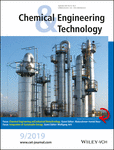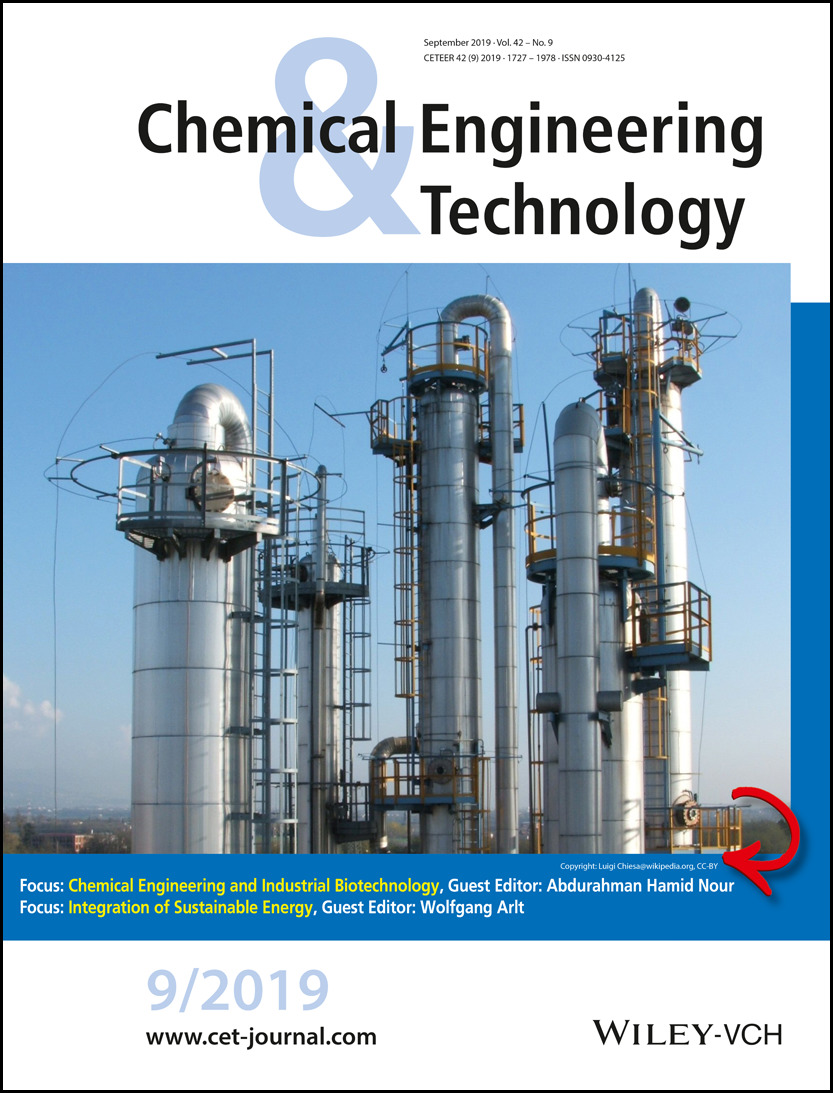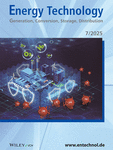Journal list menu
Export Citations
Download PDFs
Cover Picture
Cover Picture: Chem. Eng. Technol. 9/2019
- Page: 1727
- First Published: 20 August 2019
Editorial Board
Editorial Board: Chem. Eng. Technol. 9/2019
- Page: 1728
- First Published: 20 August 2019
Overview
Overview Contents: Chem. Eng. Technol. 9/2019
- Page: 1729
- First Published: 20 August 2019
Highlights
Editorial
Chemical Engineering and Industrial Biotechnology (ICCEIB 2018)
- Page: 1732
- First Published: 20 August 2019
Research Articles
Optimizing Microwave-Assisted Extraction Conditions to Obtain Phenolic-Rich Extract from Chromolaena odorata Leaves
- Pages: 1733-1740
- First Published: 21 March 2019
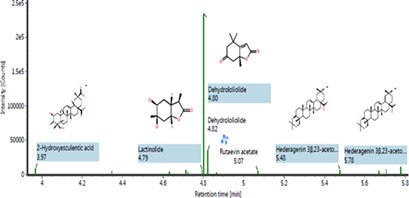
Chromolaena odorata is an evergreen shrub with several pharmacological properties. Microwave-assisted extraction variables were optimized by using a Box-Behnken design of response surface methodology for the extraction of phenolic compounds from leaves. LC-Q-TOF-MS and FTIR spectroscopy were used to identify various phenolic compounds in the extract.
Acid Hydrolysis of Chitosan to Oligomers Using Hydrochloric Acid
- Pages: 1741-1746
- First Published: 25 March 2019
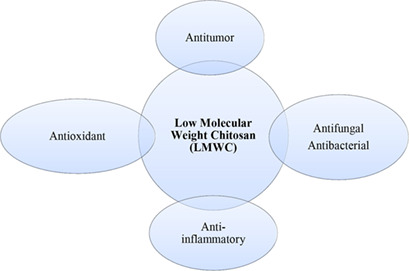
Chitosan is a natural polymer with medical and drug delivery applications. The higher solubility of low molecular weight chitosan (LMWC) can broaden its use in various fields. LWMCs were prepared by hydrolysis with dilute HCl, and their FTIR spectra, viscosities, molecular weights, and degrees of deacetylation determined. The obtained LMWCs were fully deacetylated with narrow polydispersity.
Mahkota Dewa Subcritical Water Extraction Process: Experimental and Molecular Dynamics Simulation Study
- Pages: 1747-1756
- First Published: 21 March 2019
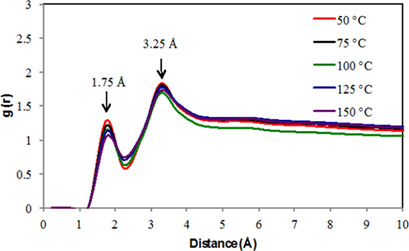
Significant mangiferin and antioxidant yields from Mahkota Dewa fruits were obtained by subcritical water extraction. Molecular dynamic simulation revealed the diffusivity and intermolecular interactions at different extraction temperatures complementing the experimental results. The temperature proved to impose a substantial effect on mangiferin yield and antioxidant activities of the extract.
Fabrication of Bone Scaffolds from Cockle Shell Waste
- Pages: 1757-1763
- First Published: 04 April 2019
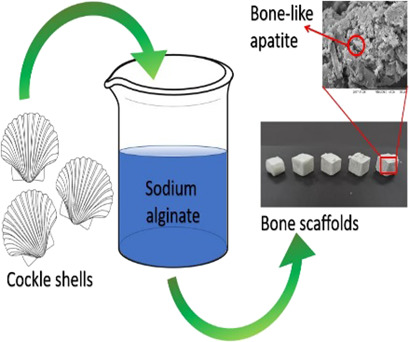
Cockle shells are rich in CaCO3 and could be used in bone defect treatment. A three-dimensional bone scaffold was obtained by combining cockle shell powder with sodium alginate solution. The powder concentration affected the physicochemical properties and bioactivity of the bone scaffolds. Analyses of the scaffolds proved their suitable properties to be applied in bone engineering applications.
Progressive Freeze Concentration for Volume Reduction of Produced Water and Biodiesel Wastewater
- Pages: 1764-1770
- First Published: 28 March 2019
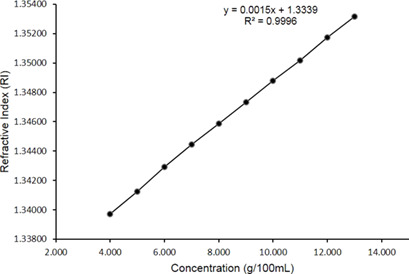
Water can be effectively removed from wastewater through formation of ice crystal layers by progressive freeze concentration. The efficiency of such approach to remove water from produced water and biodiesel wastewater was assessed through the final concentration of concentrated wastewater and purity of melted ice crystals. The practicability of this method was only proved for produced water.
Life Cycle Optimization for Synthetic Rubber Glove Manufacturing
- Pages: 1771-1779
- First Published: 20 May 2019
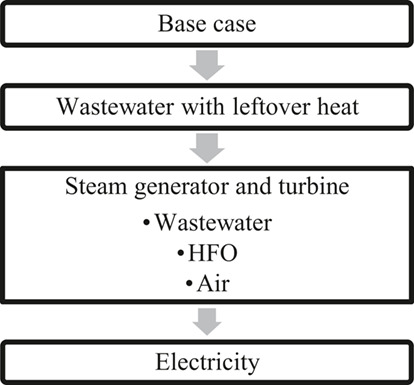
Life cycle assessment is applied as an efficient management tool to evaluate the environmental impacts of synthetic glove manufacturing. Life cycle optimization is implemented to minimize energy consumption and emission of greenhouse gases by proposing five alternative process improvement scenarios. The heating processes and wastewater treatment were identified as the most critical problems.
Impact of Solute Properties and Water Matrix on Nanofiltration of Pesticides
- Pages: 1780-1787
- First Published: 28 May 2019
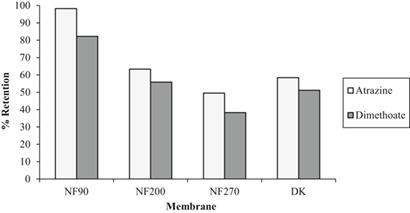
Different nanofiltration membranes are evaluated for the separation of the pesticides atrazine and dimethoate from different water matrix solutions. Dissolving the pesticides in river or tap water amplified the overall pesticide retention performance. However, for this case a lower flux is obtained as compared to the case when the pesticides are dissolved in either distilled or deionized water.
Organic Additives for the Enhancement of Laminar Flow in a Brain-Vessels-Like Microchannel Assembly
- Pages: 1788-1796
- First Published: 28 May 2019
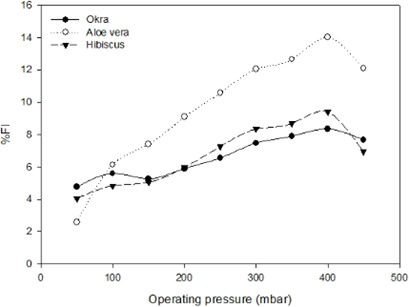
Organic polymers were extracted from three different plant sources and used as flow enhancers in a microchannel that simulates the human brain vessels. All extracted organic polymeric additives showed high flow enhancement efficiency in the brain-like vessels, providing great future opportunities for investigations regarding the effect of organic natural extracts on the flow in blood vessels.
Simulation of Crude Palm Oil Dilution in a Palm Oil Mill Using Computational Fluid Dynamics
- Pages: 1797-1804
- First Published: 28 May 2019
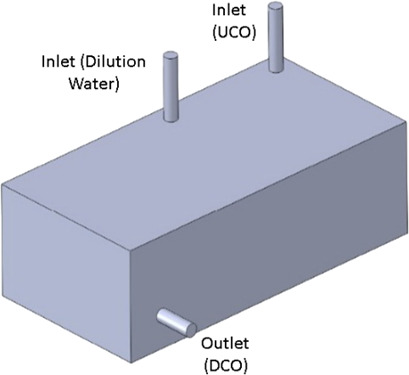
Simulation of crude palm oil dilution using computational fluid dynamics was conducted to study the effects of process parameters on the oil mass fraction in diluted crude oil. Fluid flow and mixing behavior for the dilution process as well as species distribution and velocity magnitude were investigated to further understand the process in a dilution tank of a palm oil mill.
Characterization and Elemental Quantification of Natural Hydroxyapatite Produced from Cow Bone
- Pages: 1805-1815
- First Published: 17 June 2019
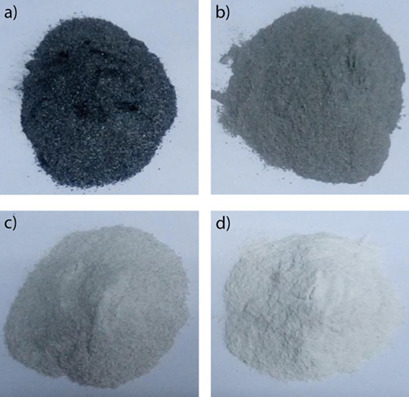
Hydroxyapatite (HA) was extracted with combined ultrasound and calcination processes via a chemical-free and environmentally friendly extraction route. The HA corresponds to standard HA with reasonable amount of carbonate ions. Lattice parameters of the HA were affected without disrupting the molecular skeleton. Besides the major components, eleven other elements were found in the HA produced.
Characterization of Magnesium Orotate-Loaded Chitosan Polymer Nanoparticles for a Drug Delivery System
- Pages: 1816-1824
- First Published: 17 June 2019

Nanoparticles exhibit unique properties as carriers for therapeutic proteins and anticancer agents. The incorporation of drugs into a carrier system is one of the most effective processes to improve the sustained release of drugs. To enhance the therapeutic efficacy of magnesium orotate encapsulated in chitosan cavities, different nanocarrier systems were successfully prepared.
Adsorption Kinetics of Cellulase and Xylanase Immobilized on Magnetic Mesoporous Silica
- Pages: 1825-1833
- First Published: 26 June 2019
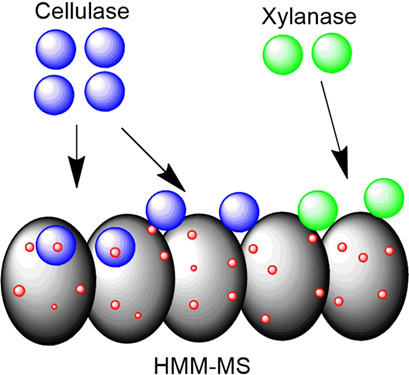
Cellulase and xylanase were co-immobilized in magnetically separable hierarchically ordered mesocellular mesoporous magnetic silica (M-HMMS) through adsorption. The adsorption mechanism was investigated. Cellulase and xylanase adsorption took place on the external surface and inside the pores of M-HMMS.
Anaerobic Digestion Process of Food Waste for Biogas Production: A Simulation Approach
- Pages: 1834-1839
- First Published: 15 July 2019
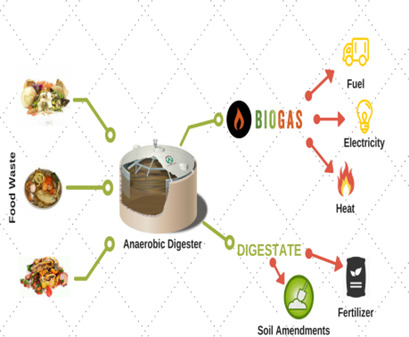
The anaerobic digestion process is a promising technology of waste-to-energy approach to manage municipal solid waste. Process simulation of anaerobic digestion to transform food waste into biogas was performed using Aspen Plus software. This process model agreed well with typical biogas compositions and is able to predict the process output under various process conditions.
Effect of Empty Fruit Bunch in Calcium Oxide for Cyclic CO2 Capture
- Pages: 1840-1851
- First Published: 15 July 2019
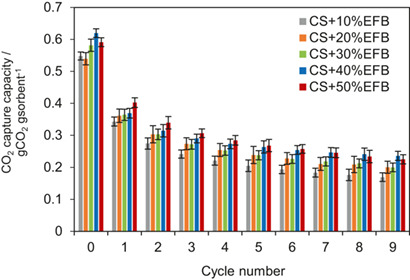
Empty fruit bunch (EFB) is utilized to increase the CO2 capture capacity and enhance the cyclic stability of calcium oxide as an adsorbent prepared from waste cockle shells. The improvement of CaO as an adsorbent for cyclic CO2 capture is explored by adding metal oxides from EFB. The average sorption decay could be also decreased due to the metal elements contained in the EFB.
Editorial
Integration of Sustainable Energy: ISEnEC 2018
- Page: 1852
- First Published: 20 August 2019
Research Articles
Numerical Representation of the Operating Behavior of a Crossflow Friction Turbomachine
- Pages: 1853-1860
- First Published: 09 May 2019
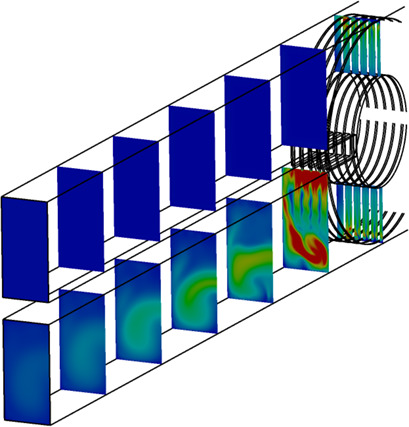
Numerical investigations of a friction fan used as room ventilation system with heat recovery showed severe crossflows in the wake of the fan as well as high dissipation rates and recirculation areas that are responsible for efficiency losses. It is suggested to improve the efficiency by geometric reconstruction of the exhaust part of the device in such a way that crossflows are suppressed.
Improving Energy Performance Indicators with the Help of Multivariable Linear Regression
- Pages: 1861-1870
- First Published: 09 May 2019
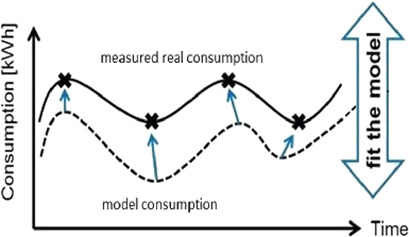
By multivariable linear regression analysis, the relationship between a company's electricity consumption and potential influencing factors is examined stepwise. The result is a mathematical formula that is both the new energy baseline and the new energy performance indicator for electricity. The model is well-suited in companies whose energy consumption is subject to a large number of influencing variables.
Hybrid Cooling Towers in a Free-Cooling Application: Modeling and Field Measurement Verification
- Pages: 1871-1878
- First Published: 09 May 2019
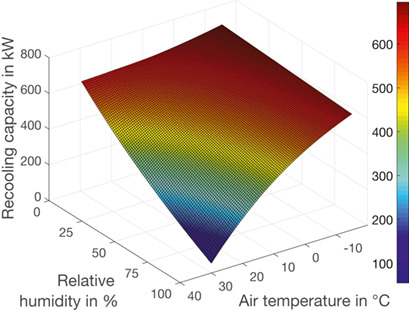
Free cooling can reduce energy costs for chillers in facilities with cooling demand. The feasibility of free cooling was investigated for a reference chilled-water supply system, which was simulated by a simple model that is suitable for long-term simulations. Experimental integration of free cooling in the reference system led to significant energy savings in good agreement with the simulations.
Control of a Hybrid Energy Storage System for a Hybrid Compensation System
- Pages: 1879-1885
- First Published: 09 May 2019
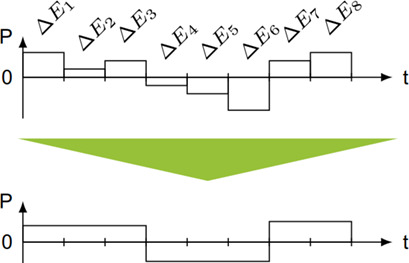
Hybrid energy storage systems can combine long-term storage with low standby losses with short-term storage. Herein, an approach for an integrated energy and power management system to control a hybrid storage system is provided that enables reasonable capacity planning, orientation of power provision to network load or loss minimization, and efficient power distribution to the storage systems.
Research Platform: Decentralized Energy System for Sector Coupling
- Pages: 1886-1894
- First Published: 23 May 2019
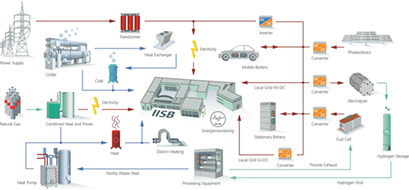
An intelligent decentralized energy platform was set up to study the benefits of coupling energy subsystems that are normally controlled locally and independently, e.g., heat, cold, and electric power supply. Energy monitoring data were used to develop a control approach for the overall system. Intelligent control strategies save costs by increasing energy efficiency and/or reducing peak load.
Modeling of Biomass Gasification in a Downdraft Gasifier with Integrated Tar Adsorption
- Pages: 1895-1906
- First Published: 11 June 2019
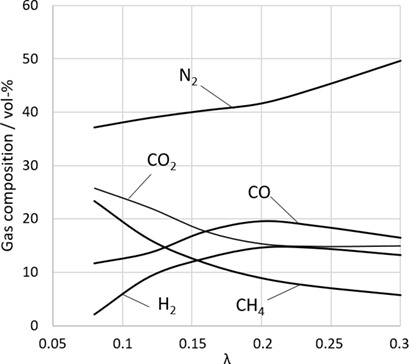
Char conversion, product gas yields, and tar pollution in downdraft gasification processes with integrated tar adsorption are numerically predicted. A kinetic model is presented to improve design and optimization processes for gasification plants. The proposed numerical model of biomass gasification in a downdraft gasifier is able to predict the raw gas composition including the tar content.
Residential Energy Supply Concept with Integration of Renewable Energies and Energy Storage
- Pages: 1907-1913
- First Published: 11 June 2019
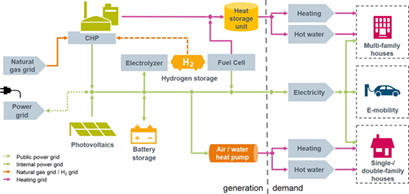
Renewable energies are gaining importance in urban management and the planning of new residential and mixed-use areas. Also, self-sufficiency is becoming a significant issue as the public electrical grid is strained. The integration of renewable energies and energy storage systems in energy supply concepts for urban areas can meet economic criteria, but depends on regulatory framework conditions.
Decision Support System for Municipal Energy Utilities: Approach, Architecture, and Implementation
- Pages: 1914-1922
- First Published: 25 July 2019
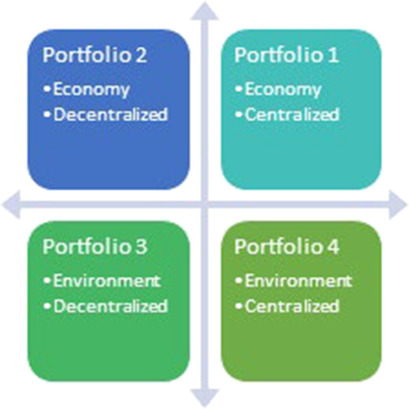
The mathematical optimization model IRPopt was developed in order to support decision makers of municipal energy utilities concerning future portfolio management. This model allows a policy-oriented, technology-based, and actor-related assessment of varying energy system conditions and innovative business models. Model expansions can be realized independently from the software engineering process.
Communications
Sustainability Index to Assess the Environmental Impact of Heat Supply Systems
- Pages: 1923-1927
- First Published: 23 July 2019
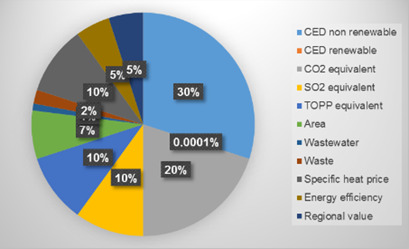
A set of sustainability indicators is used to compare different scenarios of local heat generation and distribution to a reference scenario based on fossil resources. While the main focus is on the environmental impact, the indicators also consider social and economic aspects. They build an assessment matrix that can serve as an instrument for planning and realization of local heat supply systems.
Research Articles
Regeneration/Optimization of Activated Carbon Monolith in Simultaneous SO2/NOx Removal from Flue Gas
- Pages: 1928-1940
- First Published: 26 April 2019
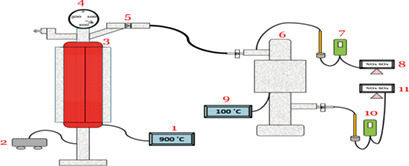
To avoid the adverse effects of SO2 and NOx on humans and the environment, control of their emissions is required. Hence, an activated carbon monolith/metal oxide adsorbent was synthesized for simultaneous SO2/NOx removal from flue gas generated by coal combustion. The adsorbent showed high regeneration efficiency in five adsorption/regeneration cycles.
Hydrogen and CO2 Management in the Refinery with Fuzzy Multiobjective Nonlinear Programming
- Pages: 1941-1951
- First Published: 09 April 2019

Multistage optimization for identifying the optimal structure for a hydrogen network, formulated as a fuzzy-based multiobjective nonlinear programming, is proposed. Total annual costs and CO2 emission are reduced simultaneously using fuzzy parameters and flexible constraints for the hydrogen network. An objective function with a weighted sum of the annual cost and CO2 emission is defined.
Thermo-Rheology of a Proline-Based Surface-Active Ionic Liquid: Mixtures with Water and n-Octane
- Pages: 1952-1959
- First Published: 17 May 2019
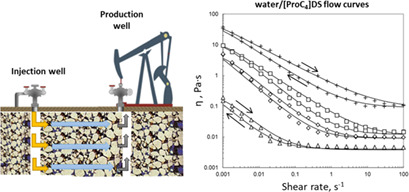
Surfactant flooding is a promising technique to recover oil from unprofitable reservoirs. The thermo-rheology of a biodegradable surface-active ionic liquid, proline butyl ester dodecyl sulfate ([ProC4]DS), and its binary and ternary mixtures with water and n-octane was studied. Shear-thinning, thixotropic behaviors and thermal transitions were determined. The tested systems showed thermoreversibility.
Flow Pattern and Pressure Drop for Small Long-Cylinder Cyclones Operating at High Flow Rates
- Pages: 1960-1969
- First Published: 11 June 2019
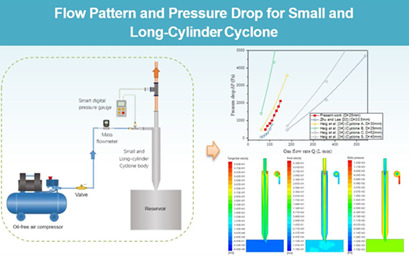
A small and long-cylinder cyclone based on reverse flow is proposed to keep the gas residence time as long as possible to enhance the contact, mixing, and mass transfer. Experiments and computational fluid dynamics-based simulation were performed to address the gas flow pattern and pressure drop characteristics of the cyclone operating at high flow rates.
Methodology for the Development of Additively Manufactured Packings in Thermal Separation Technology
- Pages: 1970-1977
- First Published: 21 June 2019
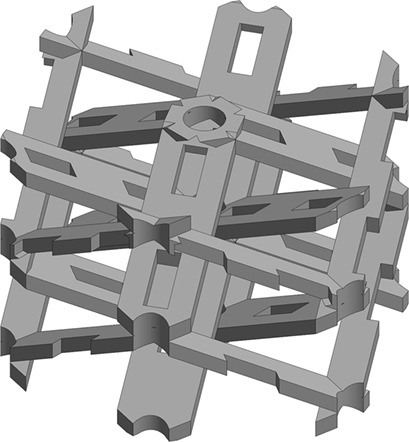
Additive manufacturing of innovative packing structures in laboratory scale for thermal separation technology is described. A methodical approach to the development of these structures for laboratory and pilot plant scale is presented. Characterizations in terms of fluid dynamics and separation performance are evaluated. The result is an additively manufactured packing section.
Overview
Overview Contents: Chemie Ingenieur Technik 9/2019
- Page: 1978
- First Published: 20 August 2019




